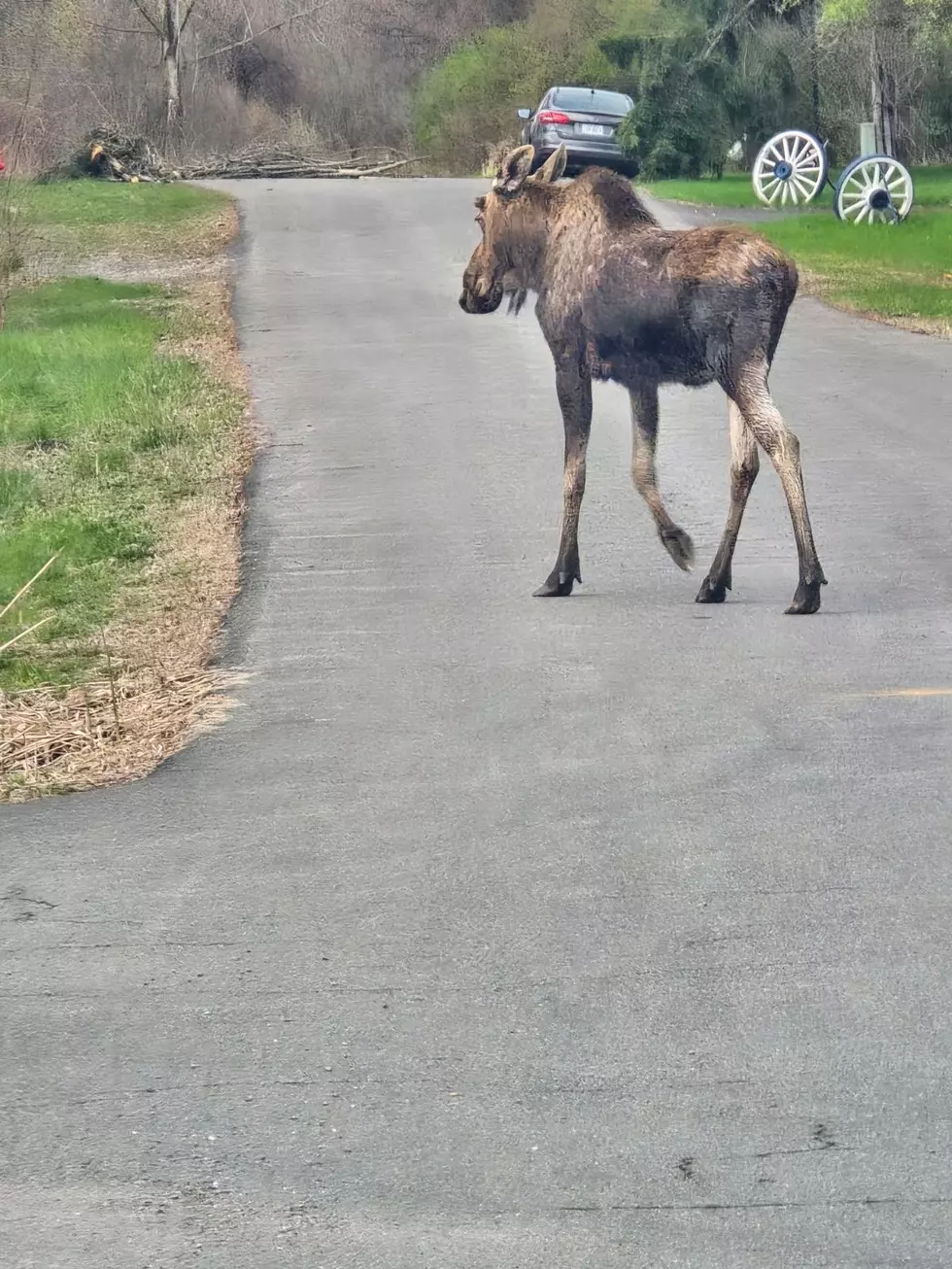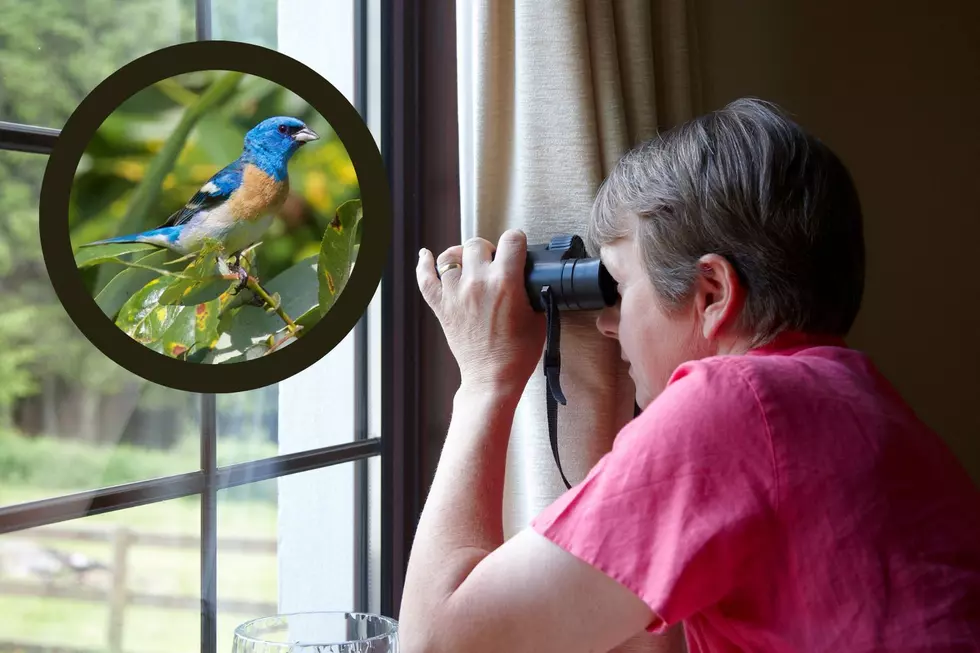
You’ll Be Seeing A Lot of Bats Here in the Coming Weeks Across New York State
For ages, people have been afraid of bats due to fear of disease, or even fear of being bitten and swarmed by an entire colony. Bats have long been maligned through the years by both Hollywood and ancient folklore.
But while these unique flying mammals may conjure fears of shadowy Transylvania, a large majority do not dine on animal blood for food. According to information at CBES, only 3 of the nearly 1,400 species of bats in the world are actually bloodsuckers.
Also, specialist from the SAS Psychotherapy page remind us that only around 0.5% of bats actually carry rabies. Unfortunately, bat populations have been on the sharp decline due to loss of habitat, and the devastating white nose syndrome, says Nature.
A recent blog at Cool Green Science says there has luckily been some medical breakthroughs in treating this disease with bananas, of all things.
How Many Bat Species Are in New York?
Wildlife NYC says that there are nine different bat species in New York State. Six of those species are cave bats, who hibernate during the winter, and the other three species are tree bats that migrate, according to the Wildlife NYC.
Nature.org says that the world's only true flying mammal can consume their body weight in insects every night, helping keep bug populations (particularly mosquitoes) in check.
See Also: What is New York State's Largest Insect?
Bats can also live very long lives compared to other small mammals. The oldest recorded bat found in New York was 34 years old, says Wildlife NYC.
The Bats Are Coming
The New York State DEC says that this is the time of year when these nocturnal animals are either migrating from their wintering grounds, or emerging from hibernation across New York state.
Spring is the time when the various species of bats will be looking to feed and mate.
See Also: New York State DEC Issues Guidelines During Seal Season
The DEC says that this is a sensitive time of year for both hibernating and migratory bats as they are low on energy stores from the winter and will need to build these reserves back up to successfully breed and raise their young.
The DEC says that if you looking to help these animals, you can plant pollinator gardens to help give bats more foraging area. Also you can build bat boxes to give bats a safe place to roost and raise their young, and donate to a bat conservation organization, says the DEC's Facebook post.
Of course, give them their space. If you come in close contact with a bat, :even if you don’t believe you’ve been bitten, seek out medical attention" as a precaution, says Wildlife NYC.
See Also: Park Service Once Again Issues Warning Over Bears: Don't Do This!
Hudson Valley Wildlife Gallery
Gallery Credit: Paty Quyn
More From WPDH-WPDA









